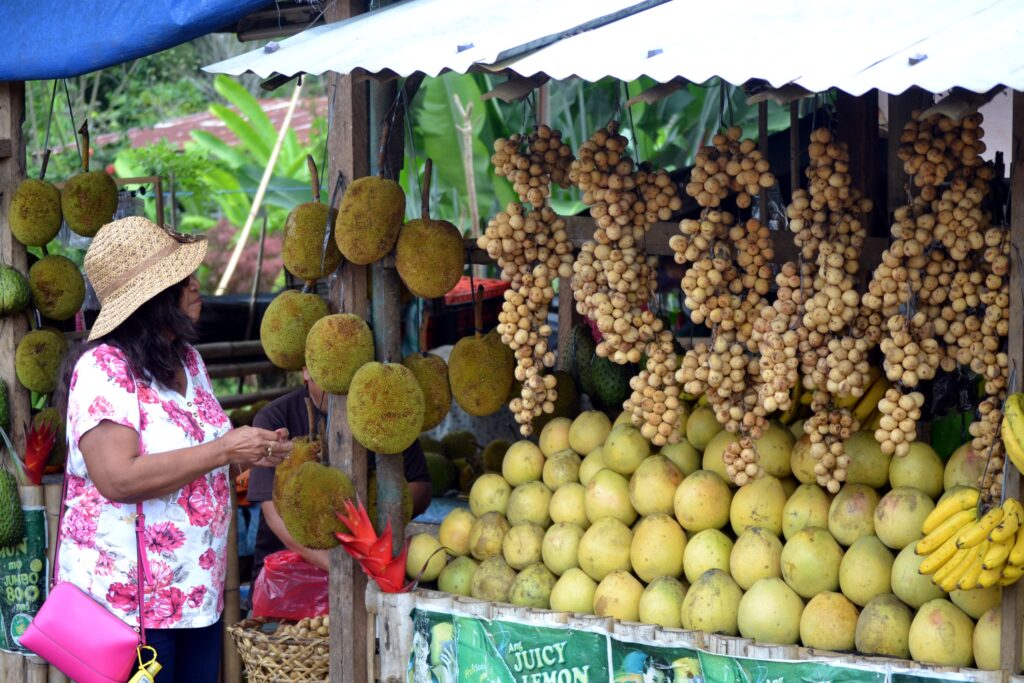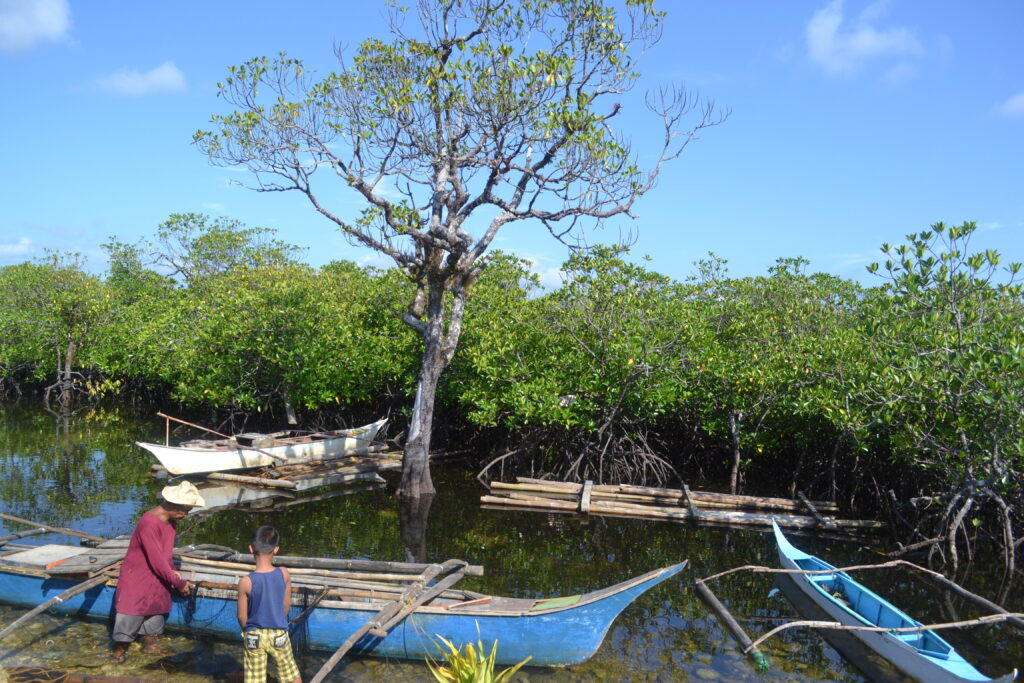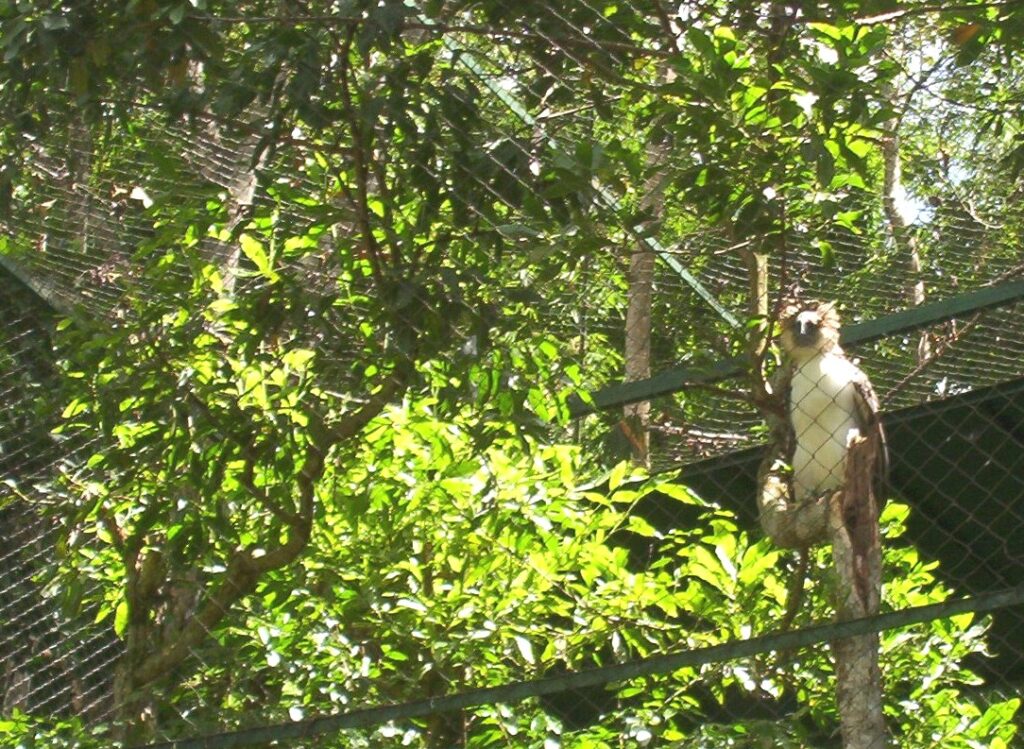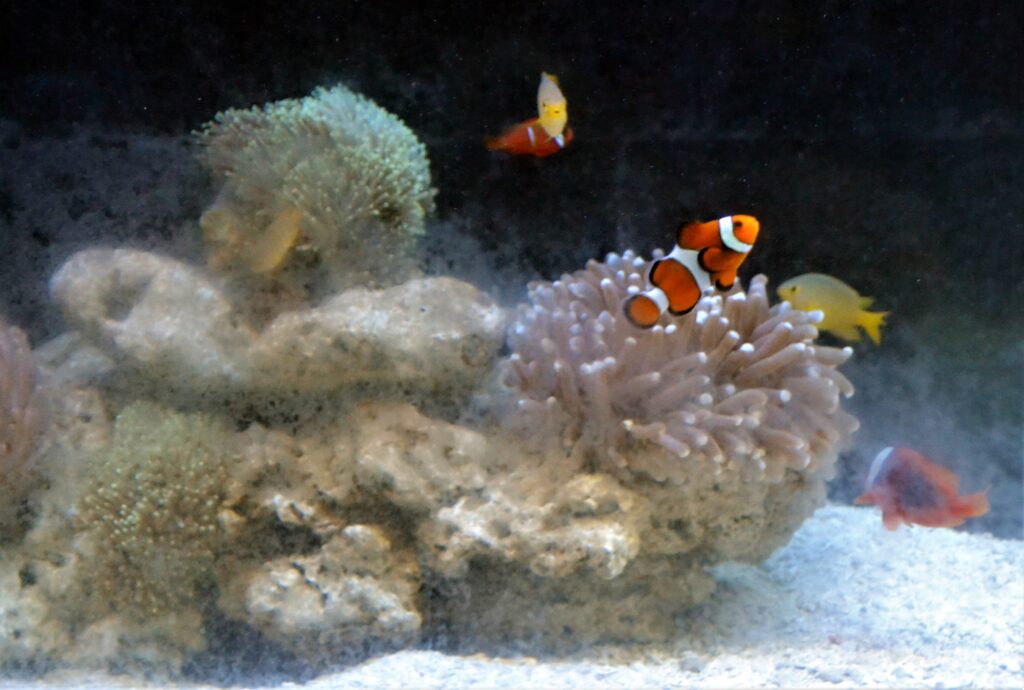Text and Photos by Henrylito D. Tacio
‘The Philippines’ terrestrial and aquatic ecosystems are considered a paradise of biodiversity, serving as a habitat for a myriad of rare wildlife – some found nowhere else in the world,” wrote Eirene Grace Z. Arcayos in a feature published by the Philippine Council for Agriculture, Aquatic and Natural Resources Research and Development (PCAARRD).
Unfortunately, biodiversity (coined from the two words: biological diversity) is collapsing at nothing less than mind-boggling. In fact, the Philippines is one of the world’s biodiversity “hotspots” or areas that are home to thousands of irreplaceable species that are facing multiple, urgent threats.
Biodiversity, a term coined in 1985, is used to describe the vast array of life on Earth. Actually, it refers to every living thing, including plants, bacteria, animals, and humans. More formally, it comprises several levels, starting with genes, then individual species, then communities of creatures, and finally entire ecosystems.
“Without biodiversity, there is no future for humanity,” Prof. David MacDonald of Oxford University was quoted as saying by The Guardian. The Conservation International describes species as “the building blocks of Earth’s life support system.” “We all depend on them,” it adds.
And they are on the way out. In the United States, a group of distinguished biologists have called the species extinction crisis as “a threat to civilization second only to the threat of nuclear war.”

Different fruits 
Vanishing mangroves
The Geneva-based Worldwide Fund for Nature estimates there are on Earth at least 30 million species, of which “all but a few thousand are at risk.” Less than two million species have been studied by man. Yet, over a thousand, maybe 10,000 more, are being lost each year, mostly unseen and unrecorded.
Plant species number only a quarter of a million, and vertebrates less than 50,000. Mammals and birds, however, are principal concerns of conservation efforts more than with invertebrates. In Davao City, for instance, the Philippine Eagle Center is trying to save the country’s bird icon from vanishing in this part of the world.
It doesn’t mean that invertebrates, mostly millions of insects such as bees, are not equally important. They are also essential for their ecological services like pollination.
Harvard biologist Edward O. Wilson estimates that, at a minimum, 50,000 species of invertebrates per year – nearly 140 species each day – are condemned to extinction.
“Of all the global problems that confront us, species extinction is one that is moving the most rapidly and the one that will have the most serious consequences,” contends Dr. Peter Raven, a noted American biologist.
Unlike other global ecological problems, Dr. Raven stressed, the crisis is completely irreversible. “Extinction is forever,” deplores the Food and Agriculture Organization (FAO) of the United Nations.
FAO admits that the loss of species is not new. It cites the fate of the dinosaurs. “The disappearance of species in past eras has occurred by virtue of natural process,” it says.
Saving biodiversity, however, is very expensive: an estimated $300 billion a year for the next eight years. That’s according to Brazilian Braulio Ferreira de Souza Dias, the chief of the U.N. Convention on Biological Diversity.

Philippine eagle 
Endangered coral reefs
It’s worth it, though. “Biodiversity is the basis of everything we do in agriculture, everything we do in health,” Dias told Reuters. “So the development of new vaccines, the development of new cultured varieties of plants is based on biodiversity, genetic resources. If we lose biodiversity, we lose the options for future development in these areas.”
Habitat conversion and degradation, overexploitation, the introduction of exotics, and creation of monocultures. These are the immediate causes behind the loss of biodiversity, FAO says. “In most instances, these causes often occur in combination,” it adds.
Professor Norman Myers, a consultant to several U.N. agencies, believes the biggest threat comes from deforestation. All over the world, forests are decimated at an alarming rate. People are cutting trees as if there is no more tomorrow.
“We might be thankful for the wealth of the tropical forests next time we visit a chemist for a medicine,” Prof. Myers wrote. “There is a one-in-four chance that our purchase will derive from tropical forest plants. It may be an antibiotic, an analgesic, a diuretic, a laxative, a tranquilizer, or even just cough drops, among many other products.
“The contraceptive pill was originally manufactured from a wild yam growing in Mexico’s forests, and another pill came to us courtesy of a forest plant of West Africa. One of the biggest breakthroughs against cancer in recent decades has stemmed from the Madagascar periwinkle, the source of two potent drugs used against leukemia and Hodgkin’s disease. According to the National Cancer Institute in the United States, tropical plants may well contain at least ten further plants with similar potential against cancer.”
The Philippines, because of its many islands, ranks fifth in the world in terms of the number of plants and is host to around five percent of the world’s species of flora. “(Our country) serves as home to more than 10,000 species,” the Department of Environment and Natural Resources (DENR) claims.
Among the flora endemic to the country include several orchids, including waling-waling, Bulbophyllum ocellatum, and Paphiopedilum fowliei. Other native flowers that can be found in this part of the world are “kolon busaw” (Rafflesia schadenbergiana), “kalayaan” (Peltophorum pterocarpum), “hoyas” (Hoya lacunose and H. carssicaulis).
According to the Biodiversity Management Bureau, a line agency of the DENR, the Philippines has more than 2,500 endemic flora and fauna species, excluding insects and other invertebrates.
“The Philippines has tremendous wildlife resources,” wrote Jesus B. Alvarez Jr. in a 1981 position paper. “We have unique and beautiful birds which are in great demand, both here and abroad. We also have rare interesting mammals. Most outstanding are the tamaraw and the Philippine eagle which could be placed alongside the world’s finest species.”
Unfortunately, many of the country’s endemic flora and fauna are on the verge of extinction. “A few decades ago, the wildlife of the Philippines was notable for its abundance; now, it is notable for its variety; if the present trend of destruction continues, Philippine wildlife will be notable for its absence,” commented Dr. Lee Talbot, who was once a member of the Southeast Asia Project on Wildlife Conservation of Nature and Natural Resources.
Noted Filipino wildlife expert Dioscoro Rabor echoed the same sentiment. “It is about time that we, Filipinos, stop making ourselves internationally blind to the real status of our wildlife resources,” he said. “We should face the fact that our country is no longer rich in forests and consequently, of wildlife which used to be a normal component of our forests.”
A species is considered extinct when it is no longer found in the past 50 years. Endangered species are those that have been reduced in number to a critical level or whose habitats have been damaged, altered, or reduced.
Rare species have small world populations. Usually, they are restricted to very few habitats. At present, rare species are not considered endangered but at risk. Threatened, on the other hand, is a general term used to describe the animal or plant species which could be in the status of “endangered” and “insufficiently unknown.”
The Convention for International Trade of Endangered Species has listed almost 50 wildlife species in the country that are rare, threatened, or endangered. Among those that are included in the list are five marine turtles, two crocodile species, the Philippine eagle, tamaraw, and dugongs.
Unknowingly, thousands of species may go extinct before they are discovered. And this is very alarming.
“The number of previously unknown species being discovered in the Philippine habitats is currently among the greatest in the world,” noted the Chicago-based The Field Museum. “For a field biologist who studies biological diversity, the Philippines is, in many respects, a dream come true – a place where new discoveries lie around every corner.”
The loss of biodiversity is even a greater threat to humanity than climate change. “Changes to climate are reversible, even if it takes centuries or millennia. But once species become extinct, particularly those unknown to science, there’s no going back,” wrote Damian Carrington, environment editor of The Guardian.
When it comes to biodiversity and conservation, most people think of eastern Africa, the Amazonian rainforest, or Madagascar. But “on a per unit area basis, the Philippines probably harbors more diversity of life than any other country on the planet,” the BMB said on its website.
Several environmental laws that protect these natural heritages have been passed.
Unfortunately, these laws are not reinforced due to internal conflicts over policy direction and jurisdiction, as well as a general lack of technical knowledge and political will, surmised Atty. Jose A. Canivel, Executive Director of the Philippine Tropical Forest Conservation Foundation.
“Lawmakers, decision makers, policy makers have shown little interest in biodiversity conservation, because there is little knowledge, and with little knowledge there is very little value attached,” Canivel said.

